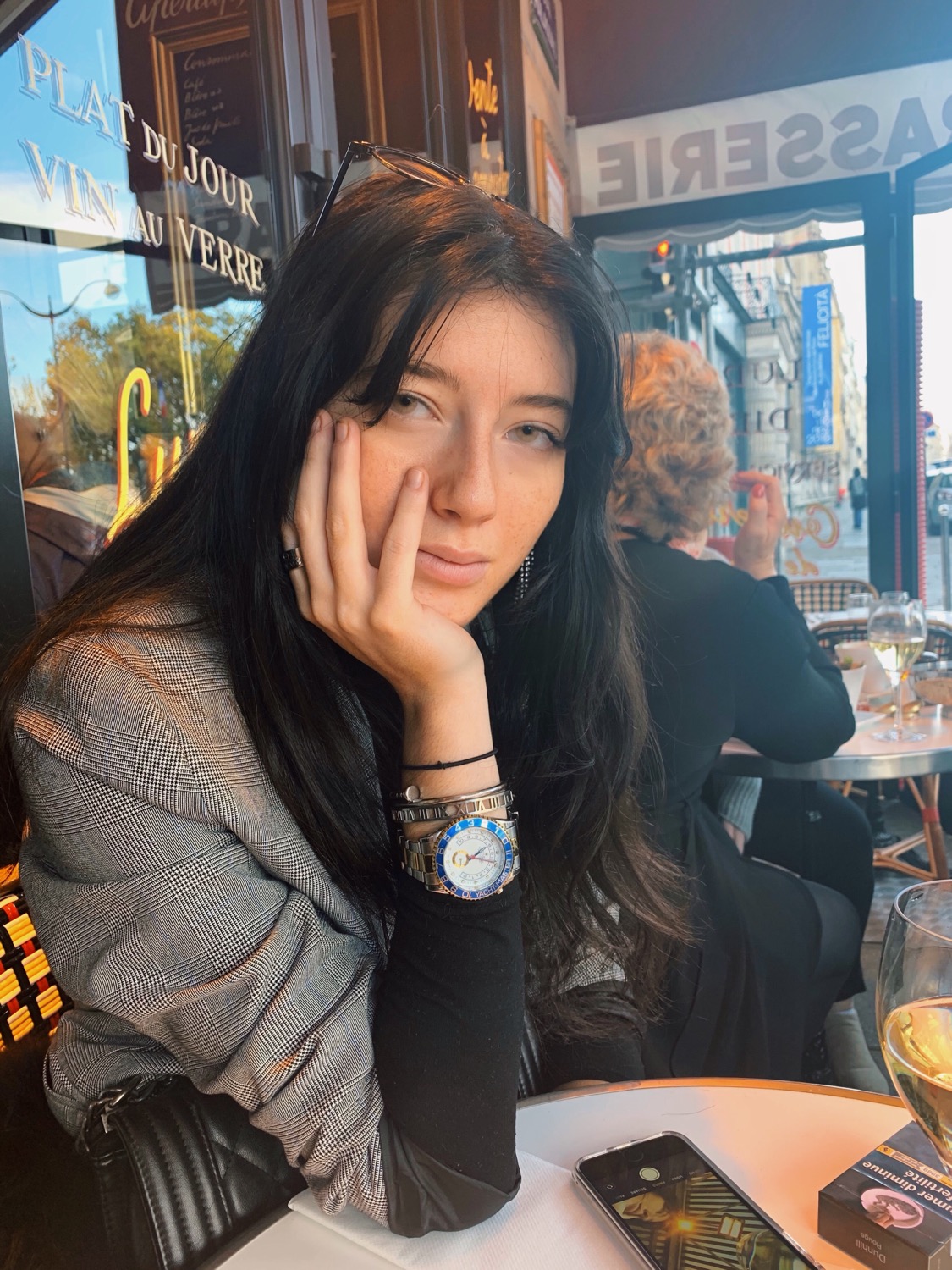FETCH FEATURES | TEIJI HAYAMA AND HIS GALAXY OF CELEBRITIES
- Victoria Comstock-Kershaw
- Jan 20, 2020
- 3 min read
Updated: Apr 10, 2023
"Celebrity functions as a galaxy," says Teiji Hayama. "We're the same as stars - we're affected by gravity, and we are pulled towards celebrities like they are the sun." FETCH sits down to talk to the artist about his latest solo show at Unit London, the fleeting complexity of celebrity, and the effects of social media.
"I like looking at people," explains Hayama. "I like the human condition, I like capturing it. Portraits bring an awareness to the person." The glorious greyscale paintings of his Unit London show FAME are a testament to his portraiture: the hazy overlays and sharp colours evoke simultaneous beauty and dread. His art merges old Hollywood glamour, 1960s pop-art and digital modernity with an utterly fascinating fusion: we are faced with a visually stunning and technically impressive exploration of what it means to be famous in the age of fleeting Instagram stories and rapid-fire social media.

Hayama's journey to FAME starts in 1990's London: "Soho was my favourite spot." he recollects. "The punks and their clothes... London was all Hirst and McQueen then." Having studying at Central Saint Martin's, Hayama made his London artistic debut in fashion with art and design rather than oil painting, but the lack of innovation in the world of fashion frustrated him and drove him to other methods: "Fashion was not expressive enough for me - it has become a product rather than art. There was no creativity; fashion exists without people or bodies. And," he adds, "I was always better at the sketching part of my courses." And so he turned to oil paints, the primary material of FAME. The process for the portraits, he explains, involved creating the twisted image of an iconic person in Photoshop, followed by repainting the result with oil paints. This transformation of material is fascinating and multilayered: from photograph to photoshop to canvas, Hayama's work undergo a continuous and oscillating journey between the digital and the classic, a contrast of both time and mediums.

The goal of these pieces, he explains, is to explore the role of social media, celebrities and and the spaces between them. "In the nineties, I could never have imagined this." he laughs. "Having an account online today is like being totally exposed. Everything is public, you can't really say no to being seen. Your social media becomes linked to your success... We all have this feeling inside of us, of being a star. It could be any of us. But we can't say no to social media, to being exposed. We've been socially conditioned to accept it." FAME, it feels like, is a subtle push against this conditioning: the twisted expressions and digitally altered moods of the long-dead starlets and rock-n-roll legends encourages the audience to see ourselves through a lens that transcends the digital age.
So how did he pick which celebrities were to undergo the unique treatment? "I chose people that were recognisable... I chose icons." says Hayama of his subjects. "These people have been recognisable for decades. Stars like Justin Bieber or Kanye West, they're famous now, but I chose faces like Elvis Presley and Marilyn Monroe because they send a stronger message. They have survived for decades... They could still be like one of us; it's like looking at yourself." He goes on to compare celebrity status - and our attraction to it - to the movements of a solar system: "Celebrity functions like a galaxy," he says, "We're the same as stars - we're affected by gravity, and we are pulled towards celebrities like they are the sun."
The disconcerting beauty of Teiji's portraits is, ultimately, what makes them so attractive: the clash of vintage and digital, colour and grey-scale and method and material is an all-encompassing commentary on a litany of social aspects. The fleetingness of fame and social media are combatted by his bright and brilliant paintings, and remind us of the humanity behind the classic vintage photographs he has manipulated. The works certainly hint at themes of uncertainly and displacement, but ultimately they celebrate something that both transcends and connects the digital modernity and the golden age of vintage: the human condition.
Photo credits: Teiji Hayama, Unit London















